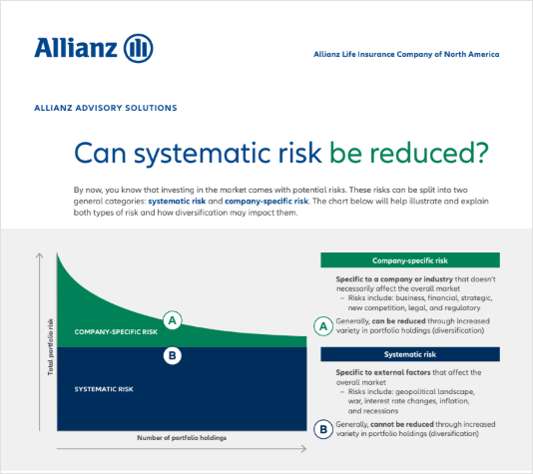Carriers need to remain nimble and ready to innovate and adjust in a persistently difficult economic environment that is struggling slowly to regain its footing.
Deloitte's "2013 Life Insurance and Annuity Industry Outlook: Considering new directions in a recovering economy," offers senior insurance executives 10 issues that they should contemplate as they navigate through 2013.
There are, however, macroeconomic issues that, although out of many carriers' direct control, have a direct impact. The slow growth of the economy has rendered many consumers with little discretionary spending. Convincing them that this money would serve them best if it were invested into a life insurance policy or an annuity is exceedingly difficult even for sales-savvy agents.
The global economy, like the U.S. economy, is also mired in lethargy. The Greek and Spanish sovereign debt crisis is scaring the markets and reverberations are being felt far outside of the eurozone. Growth rates in China are also slowing down trade which hinders progress in the U.S. and global economy.
The authors of the report caution that many of the 10 issues are not new, however, they remain both relevant and essential to operating in the current environment.
The Deloitte research team broke the 10 important issues into four sub categories: financial, marketing, management and regulatory.
The first important issue in the financial category is: Picking your spots: Making hard decisions about where to compete. Deloitte feels that insurers need to put thought into reconfiguring their product mix, policy features and distribution options. Group life may be a potential opportunity for carriers as employers slowly but steadily expand and pension obligations continue to be transferred to insurers as part of a large group annuity contract. Insurers should look at the oft-documented and underinsured middle market as a viable target. Developing markets are another opportunity. However, carriers should perform due diligence when examining both cultural and regulatory hurdles. Carriers should also examine states within the country that are recovering quicker than average and focus their attention there.
The second issue under the financial category is: Mergers and acquisitions could change the insurance landscape. Due to the low interest rate environment for couples with new capital requirements, some life insurers may utilize their coveted capital and invest it in expanding business lines that drive growth. Due to pressures from a protracted low interest rate environment which limits investment income, thus presenting a challenge for insurers to fulfill their responsibilities as far as policy guarantees, carriers may also look to shed business segments that do not make enough money. As far as annuities are concerned, carriers may want to contemplate buying out unprofitable legacy contracts.
The third issue in the financial category is: Low yields prompt search for more lucrative investment options. The Federal Reserve has unequivocally stated that interest rates are going to remain historically low through the middle of 2015. Therefore, carriers must begin to think about ways to compensate for their diminished investment income. Carriers will most likely focus on assets that generate higher absolute returns, leading questions as to whether marginally improved spreads justify increases in portfolio risks and a potential for higher capital requirements. Deloitte encourages small employers to think about outsourcing alternative investment management to third-party asset managers whose expertise surpasses their own. De-risking should continue including the decreasing guaranteed benefit products unless carriers have sufficient investment income to fulfill their responsibilities. Deloitte feels that sophisticated portfolio management may become commonplace.



